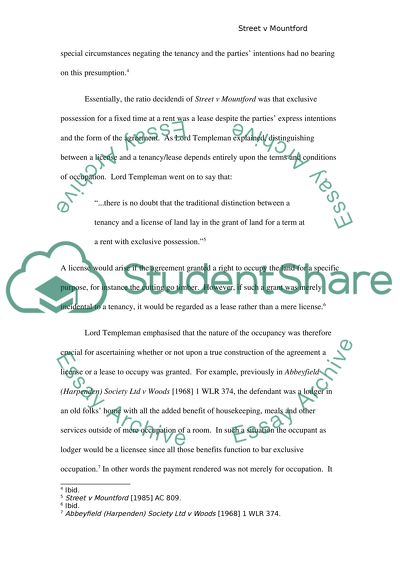Cite this document
(“Hong Kong Land Law (based on UK law) Coursework”, n.d.)
Hong Kong Land Law (based on UK law) Coursework. Retrieved from https://studentshare.org/miscellaneous/1549609-hong-kong-land-law-based-on-uk-law
Hong Kong Land Law (based on UK law) Coursework. Retrieved from https://studentshare.org/miscellaneous/1549609-hong-kong-land-law-based-on-uk-law
(Hong Kong Land Law (based on UK Law) Coursework)
Hong Kong Land Law (based on UK Law) Coursework. https://studentshare.org/miscellaneous/1549609-hong-kong-land-law-based-on-uk-law.
Hong Kong Land Law (based on UK Law) Coursework. https://studentshare.org/miscellaneous/1549609-hong-kong-land-law-based-on-uk-law.
“Hong Kong Land Law (based on UK Law) Coursework”, n.d. https://studentshare.org/miscellaneous/1549609-hong-kong-land-law-based-on-uk-law.


